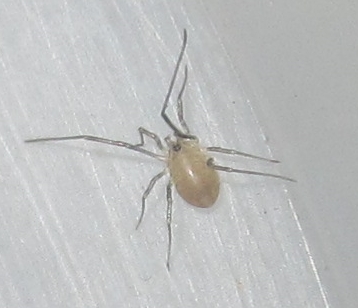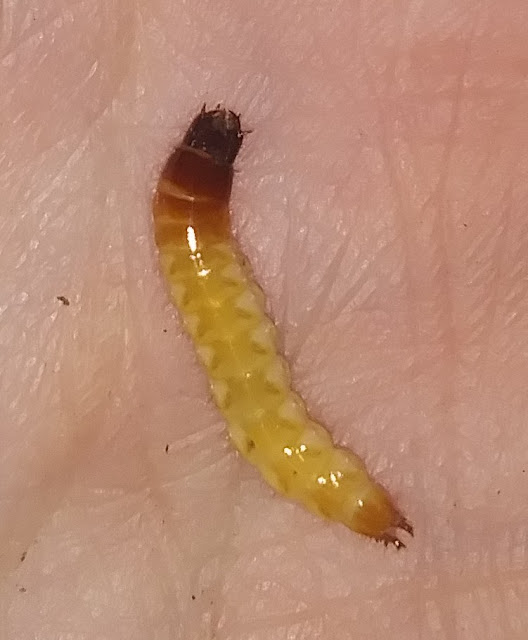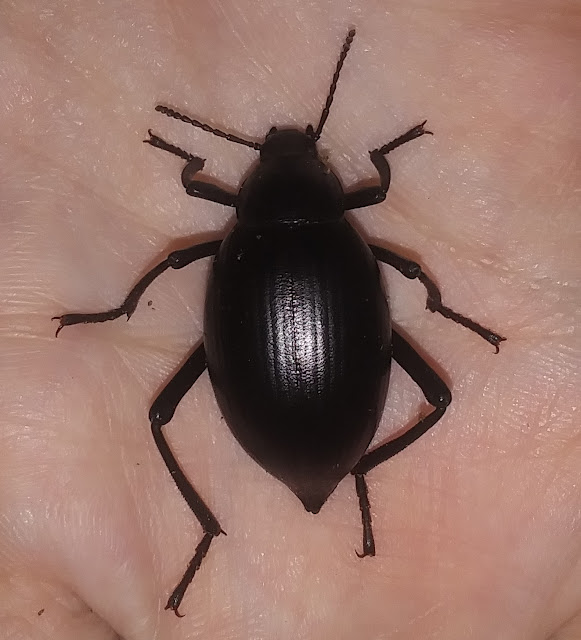Now, Joshua is currently going through the process of getting rid of every last possible trace of entomophagous Trichoderma infested inverts from his collection, and apparently these Asbolus were the last two go. He's not POSITIVE they're infected, they just might be, and apparently haven't been breeding for him (lack of reproduction can be a symptom of Trichoderma infection). But rather than kill them outright, he sent them to me to see if I can possibly cure them and get them breeding, in exchange for larvae if I do succeed. 😊
Luckily, curing Trichoderma infections isn't all that complicated, however most inverts simply can't handle the process, as it involves being kept well ventilated and completely bone dry, with only fruits for food/moisture for 2-3 weeks. Trichoderma is a protein hungry mold, so no protein rich food sources should be offered for a couple weeks during this time. Now, most roaches and many more fragile/frail darkling species wouldn't be able to handle this, even as adults. But BDFBs are made for these kinds of conditions, so I am confident they'll survive this treatment (which they are currently undergoing BTW), and that after it's done they'll be fungus free. Hopefully once I actually get them moved into a proper container with substrate, I'll get some eggs and larvae from them. 😀
Anyways, here are some pictures of a few of the adults:
Big thanks to Joshua for entrusting me with these iconic darklings, I'll do my best to ensure they're cured of any possible Trichoderma infections they may have, and hope to produce lots of larvae from them in the near future!
Well, that does it for this post, thanks for reading, hope everyone enjoyed and is having a great holiday season! Stay safe, and I'll see y'all next time! 😉





















































